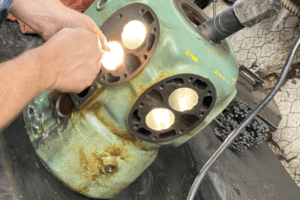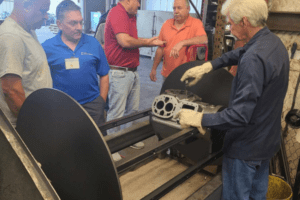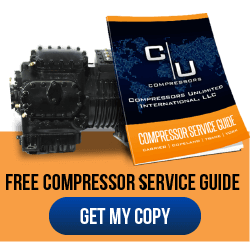A cooling system serves three important functions: it removes heat and moisture from the building; it supplies constant and adequate ventilation; it improves indoor air quality by reducing odors, dust particles, allergens, fungi, and bacteria.
The Three Types of Cooling Systems
Currently, there are three main types of cooling systems that can be used to meet specific cooling, dehumidification, and ventilation requirements in public, commercial, and industrial facilities.
- Central air conditioners – Central air conditioners are available in various configurations that provide single or multi-zone cooling and ventilation appropriate for both domestic and commercial environments.
- Heat pumps – Although heat pumps are functionally similar to central air conditioners, they contain a few more components that make possible both cooling and heating.
- Chillers – Providing a wide range of capacities and refrigerant options, chillers can be used in different air-conditioning and process cooling applications. The primary difference between the two basic categories of chillers available nowadays is whether air or water is used to cool down a building.
The Components of Central Air Conditioners and Heat Pumps
Now, let’s take a look at the components of the most commonly used cooling systems: central air conditioners and heat pumps.
- Compressor – Located between the condenser and the evaporator, the compressor draws the heated, low-pressure refrigerant vapor from the evaporator, compresses the vapor to increase its pressure, and pumps it to the condenser. There are a variety of compressors utilized in cooling systems, including air-cooled reciprocating, scroll, and screw compressors.
- Condenser – The condenser is typically installed in an outside unit. The hot, high-pressure refrigerant vapor enters the condenser where it releases heat while flowing through the coil. The condenser is also paired with a fan that pulls the hot air away from its heated coils for effective heat dispersal. As a result, the refrigerant condenses back into its liquid state.
- Evaporator – In a separate compartment, a blower fan blows the warm indoor air across the chilled evaporator coil to cool down temperature-controlled areas. Inside the evaporator, the cooled liquid refrigerant is converted into a hot, high-pressure vapor.
- Thermal expansion valve – Being located after the condenser, the expansion valve is responsible for removing the pressure from the liquid refrigerant in order to facilitate its conversion into vapor inside the evaporator.
- Line Set – Line set refers to the refrigerant lines that are used to transport the refrigerant in the form of vapor or liquid between evaporator, compressor, condenser, and thermal expansion valve.
- Air filters – Air filters are responsible for trapping airborne particles, including dust, allergens, fungi, and bacteria. Thus, they contribute to both indoor air quality and reliable operation of cooling systems.
- Ductwork – Ducts are used to deliver and remove air in air-conditioning applications. Because the airflows typically required in a building include supply air, return air, and exhaust air, routine maintenance should be performed on all ducts in order to ensure superior indoor air quality along with the longevity of the cooling system.
- Vents – Vents are typically installed in the ceiling to spread the cooled air from the duct system to different areas of a building.
- Drain pan and pipes – When the warm indoor air comes into contact with the evaporator coil that transports the cooled refrigerant, excess condensation is produced. The condensation will run down to a collecting pan, which is connected to drain pipes that route the water to an approved drain for disposal.
- Thermostat – Intended to monitor the temperature throughout the building and adjust the cooling process according to pre-set values, the thermostat plays a critical role in ensuring improved comfort levels and efficient system operation.
If you have any questions about the “heart” of any cooling system, which is the compressor, please feel free to contact us at Compressors Unlimited today!












